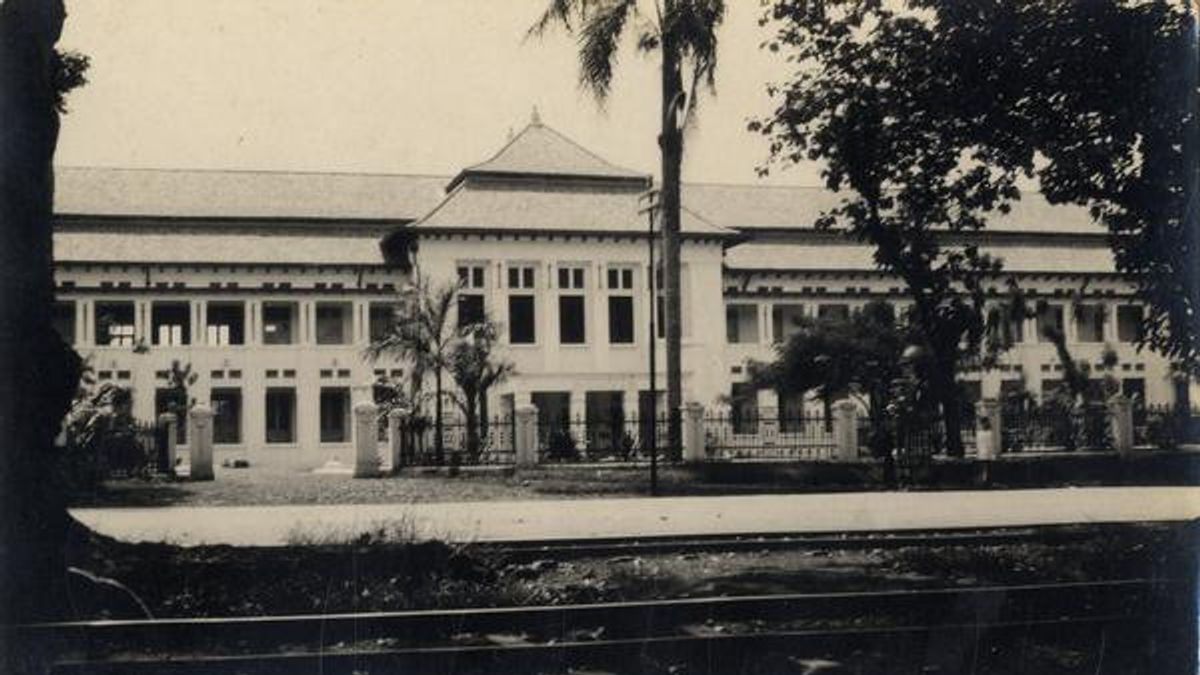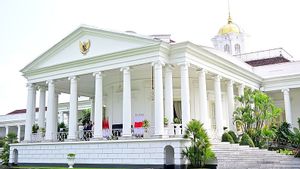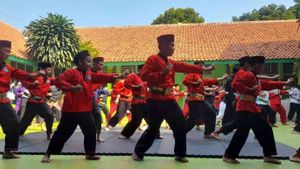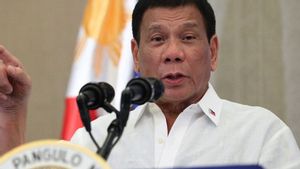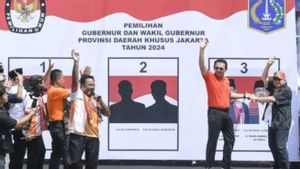JAKARTA - Campus as a place for radical people to develop is not something that we only know recently. This has been an open secret since the Dutch government. Imagine if there were no figures like Soetomo, Ernest Douwes Dekker, Tjipto Mangoenkoesoemo, Ki Hajar Dewantara, and other students from STOVIA, who were often labeled as radical by the colonialists, surely Indonesian independence would be difficult - if not impossible - to be realized.
STOVIA or School tot Opleiding van Indische Artsen is a medical college founded by the Dutch in the late 19th century. Now STOVIA has become the Faculty of Medicine, University of Indonesia.
Apart from being a doctor who healed many people's bodies, many of the STOVIA alumni also became the healers of the souls of the people of the Dutch East Indies by helping to raise national awareness. However, if you look at it from the Dutch perspective, these people were nothing more than a nuisance to the stability of his government. No doubt those who tried to make resistance against the Dutch were often labeled radicals.
One of the people who got the label "radical student" was none other than Soetomo. In 1903 he officially became a STOVIA student. Together with his fellow STOVIA students, he then founded the first movement organization in Indonesia, Boedi Oetomo.
The birth of Boedi OetomoThe birth of Bodei Oetomo was indeed a surprise and various responses immediately arrived. The closest response, of course, came from the STOVIA teachers, the figures closest to his existence with the activities of Soetomo and his friends.
As written by Gamal Komandoko in Boedi Oetomo: The Beginning of the Awakening of the Nation (2008), some STOVIA teachers were worried about seeing Soetomo and his friends actively involved in the Boedi Oetomo organization. The STOVIA teachers' concerns made sense, considering that Soetomo and his friends were still under their supervision and upbringing.
"Their failure to 'coach' Soetomo and his friends in the path the government wants may make them appear wrong to the government's point of view. Conditions that make their position worse," wrote Komandoko.
That is why the STOVIA teachers once threatened to expel Soetomo from the campus and accused Soetomo of trying to fight against the colonial government. Luckily, Soetomo was defended by his friends. They also asked to be expelled if Soetomo was expelled.
In addition, according to Soetomo's confession, he was also helped by the Director of the STOVIA HF Roll School because he had broad views. Once during a meeting, Roll asked his fellow teachers a question: "Isn't there one of you here who is as radical as Soetomo when you were eighteen?"

Meanwhile, the colonial government itself appeared to be cautious in responding to the birth of Boedi Oetomo. The organization did not escape the supervision of the Dutch government.
The government monitored where Soetomo and his friends wanted to take Boedi Oetomo and felt about the nature of the new organization. "If the Boedi Oetomo organization is moderate and avoids radicalism, the government will be able to accept its presence, although it will not give up their tight supervision," wrote Komandoko (2008).
As Komandoko wrote, however, the colonial government would not have been happy to see an indigenous organization develop into a large and strong presence that could pose a threat to the government. Especially if there are radical seeds in the organization.
"The colonial government will definitely end radicalism in the organization, as they did to the radical figures in the Indische Partij," wrote Komondoko. As is known, the three founders of Indische Partij, namely Ernest Douwes Dekker, Tjipto Mangoenkoesoemo and Suwardi Suryaningrat or Ki Hajar Dewantara.
The establishment of the Boedi Oetomo on May 20, 1908, is considered to be the beginning of the movement to achieve Indonesian independence. So that the founding date of this organization is commemorated as National Awakening Day.

The English, Chinese, Japanese, Arabic, and French versions are automatically generated by the AI. So there may still be inaccuracies in translating, please always see Indonesian as our main language. (system supported by DigitalSiber.id)
